Lots of Bottlenose, Returning Humpbacks, and New Interns
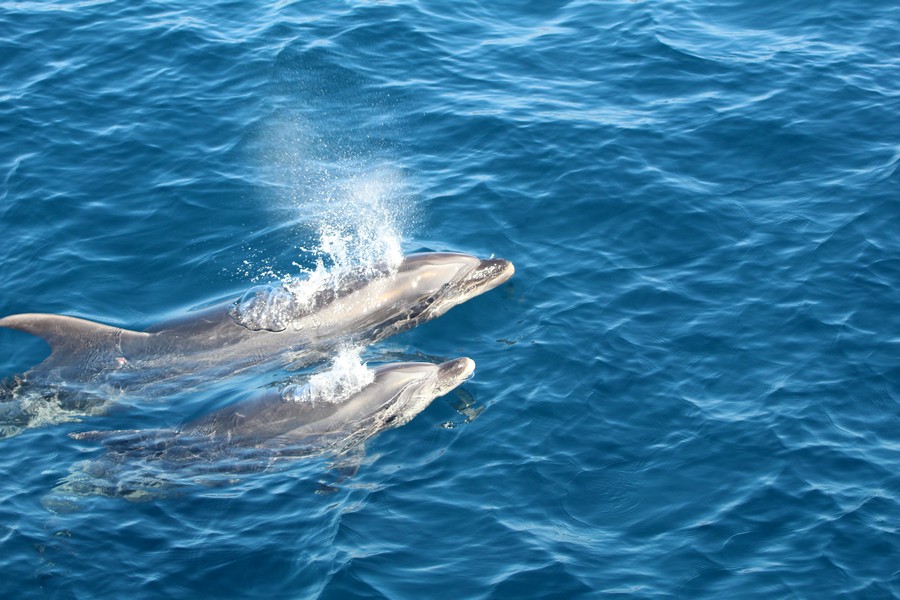
Bottlenose dolphins porpoising Credit: Aquarium of the Pacific
James S.
Thursday, October 24, 2019
Welcome back everyone! Even though we are in the transition period between major migration species we’ve had a lot of success on the whale watches. Not only has there been a lot of dolphins but we have had some humpbacks feeding in the area, and a visit by an early gray whale. And with our new interns out on the boats, we can both record more whale sighting information and share so many lovely photos they have taken over the past few weeks.
It’s not uncommon to see a few early gray whales in either September or October, but our season for them doesn’t usually pick up to regular sightings until November and December. Last year was even later for regular sightings, having not really recording consistent sightings from the boats until mid to late December. But we are excited to see some variety in any case.
One of the interesting things our interns were able to opportunistically photograph were some potential orca marks and cookie cutter shark marks on one particular bottlenose dolphin. The two dolphins in the blog main photo seem to be playfully jumping in our boat wake, though the one in the back has some noticeable marks on its body that we can both record in our database but also share with all of you. If you look at one of the last photos of our blog set there is another photo a half-second after the other was taken and it shows the scars and marks I mentioned. Dolphins normally rake their teeth on each other as part of their social behaviors. As long as these are not too deep the can fade or be overlaid with new rake marks without truly hurting the dolphin. An extreme case of this happens with Risso’s dolphins where they are born a dark gray color and with continual raking from other members of their pod their color pattern becomes lighter and lighter over time, with some having almost completely white heads and sections of their backs. Some of these marks that look like rakes could also be from their prey or predators. We have seen a few animals with what appear to be orca rake marks, or another large toothed whale that would harass or attempt to hunt large mammals. One of our humpbacks in the blog photos also appears to have orca marks on its fluke. But if we look at this particular dolphin from today’s photos you can see the small uniform marks on the dorsal fin and areas of the back and near the peduncle showing much larger and wider set rake marks. And just under the dorsal fin is a circular injury, potentially from a cookie cutter shark.
Cookie cutter sharks are interesting little sharks, reaching a maximum of about 2 feet long, and have been implicated in scars and bites on most medium to large sized mammal or fish in their expected range. This species of shark can live fairly deep in the ocean, up to 2 miles, and migrate up to the surface at night to feed. Their lower jaw is almost exactly a semicircle shape and the way they bite their prey they leave round holes making it look like someone used a circular cookie cutter to cut out a round plug of tissue. Take a closer look at our bottlenose pictures and see if you can spot any other dolphins with these very remarkable scars.
If you would like to join us for our next whale watch follow this link here to get your combo ticket to the Aquarium of the Pacific and Harbor Breeze Cruises. Explore over 12,000 animals on display inside, including our new expansion Pacific Visions, then go explore the natural habitat of the California Bight on the lookout for whales and dolphins.
See you on the water!
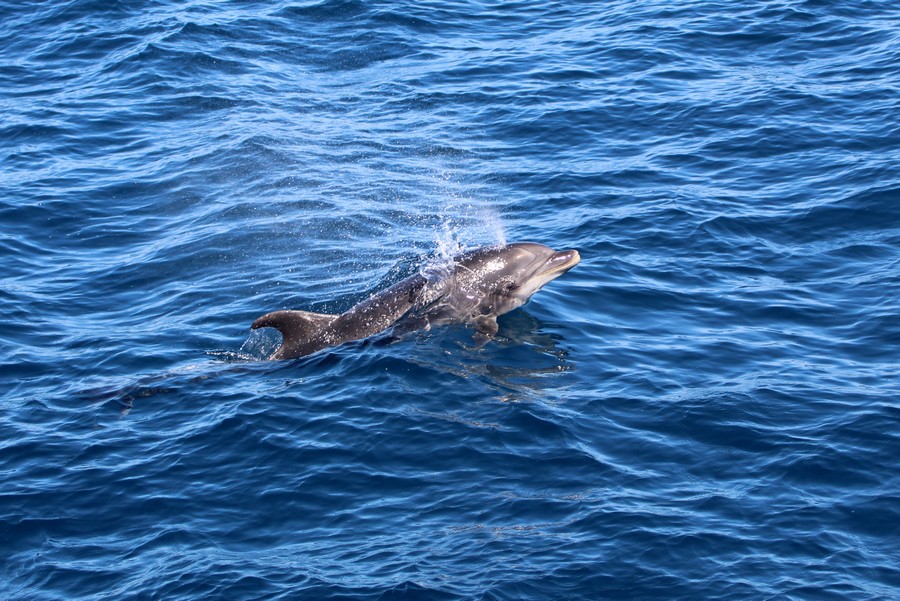
Bottlenose blowing at the surface Credit: Aquarium of the Pacific
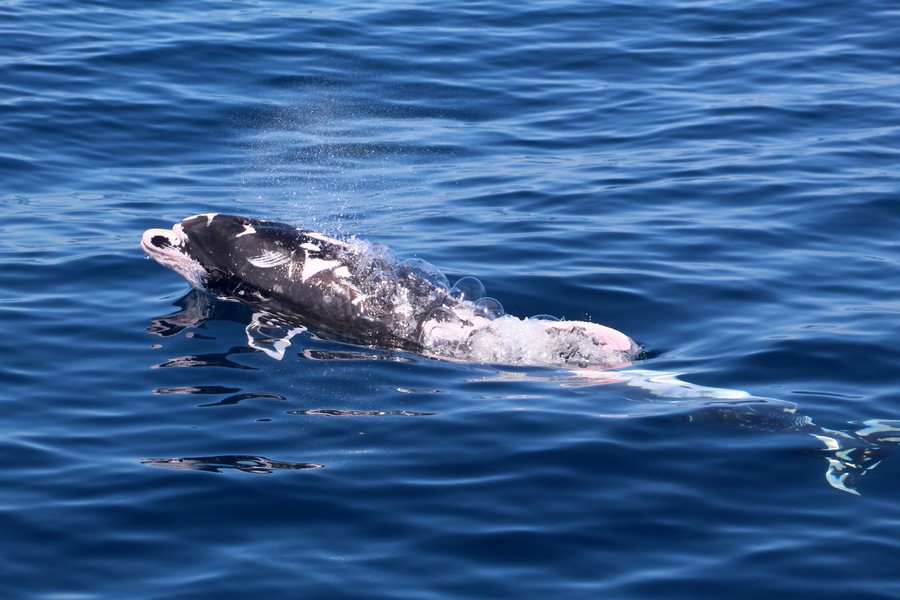
Patches the leucistic bottlenose dolphin Credit: Aquarium of the Pacific
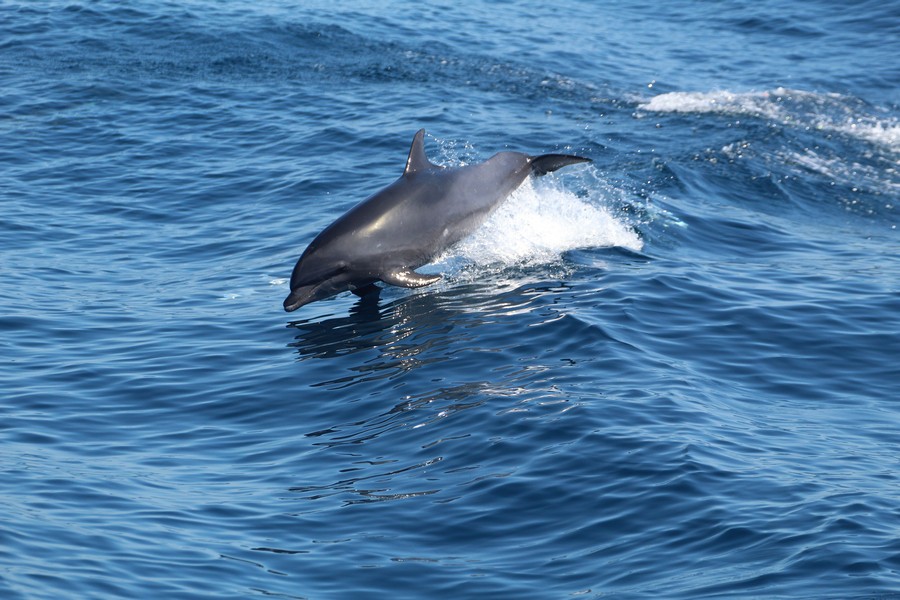
Bottlenose dolphin leaping in the air Credit: Aquarium of the Pacific
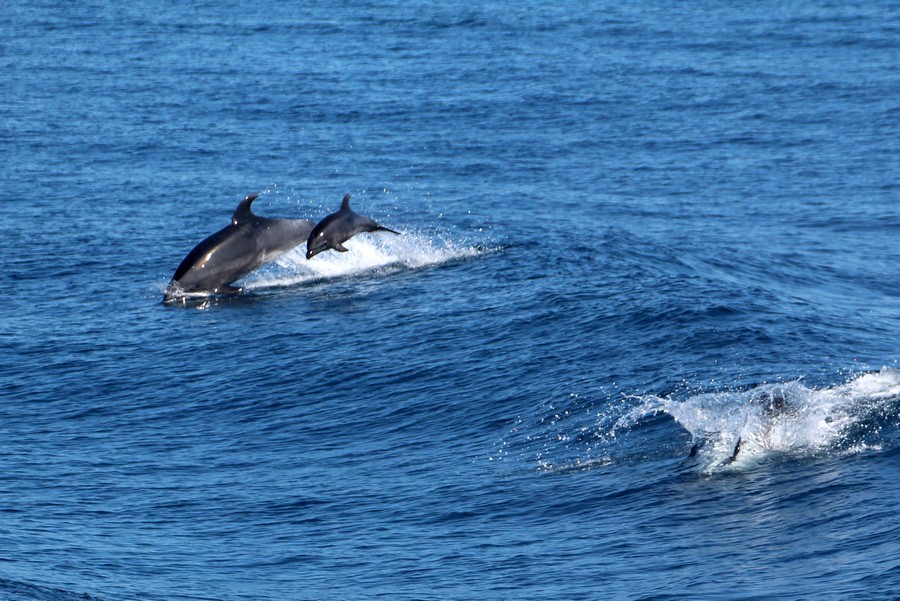
Bottlenose cow-calf pair porpoising in the boat wake Credit: Aquarium of the Pacific
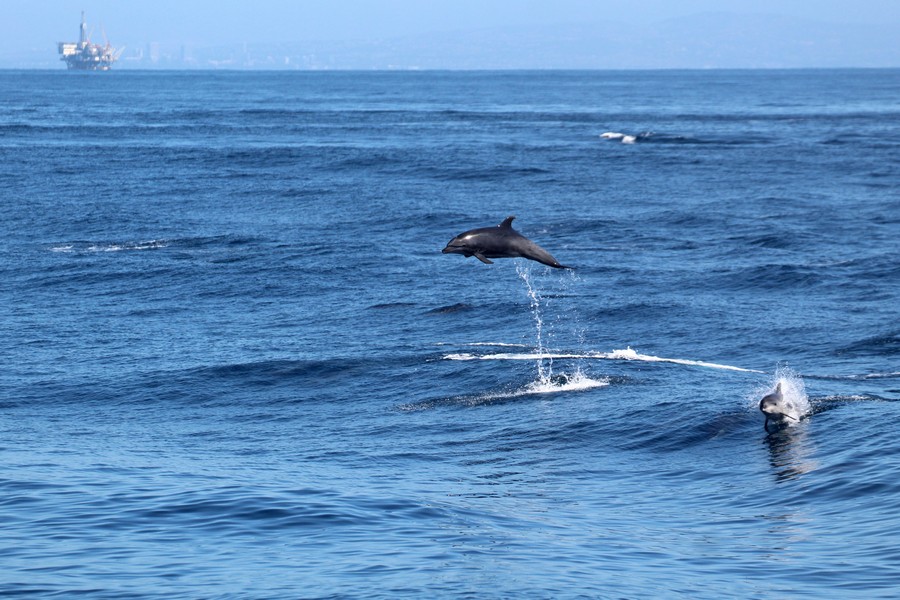
Bottlenose leaping very high into the air Credit: Aquarium of the Pacific
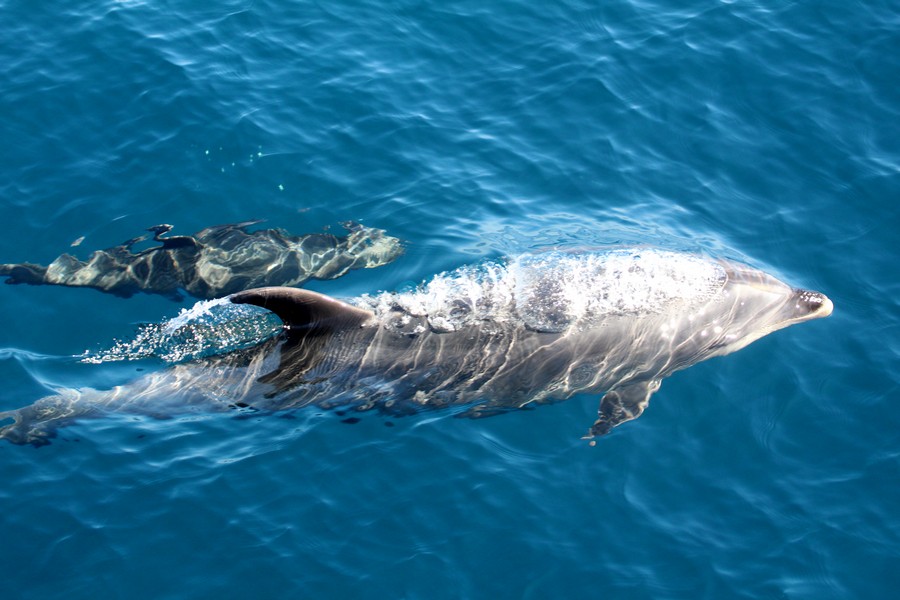
Bottlenose dolphin blowing bubbles at the surface Credit: Aquarium of the Pacific
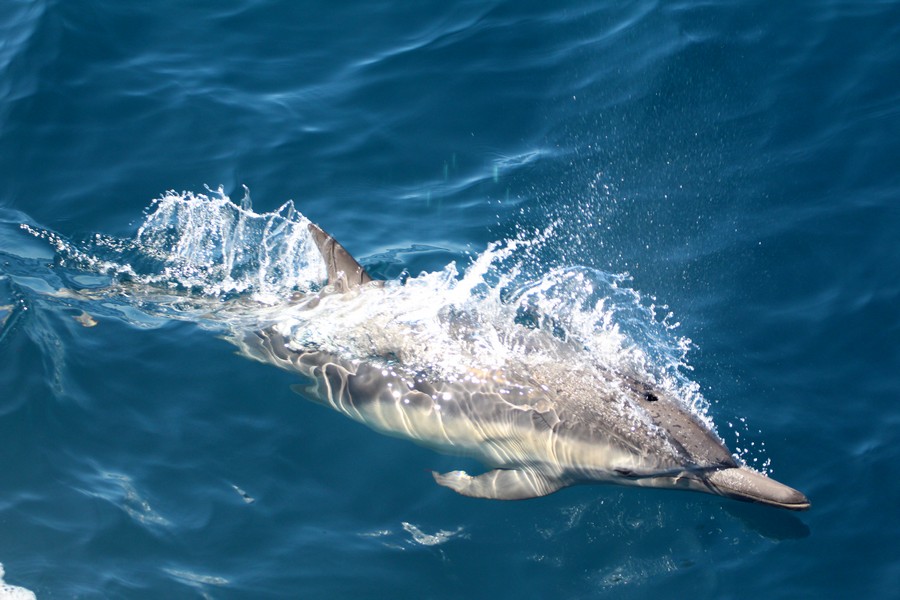
Common dolphin shooting across the surface of the water Credit: Aquarium of the Pacific
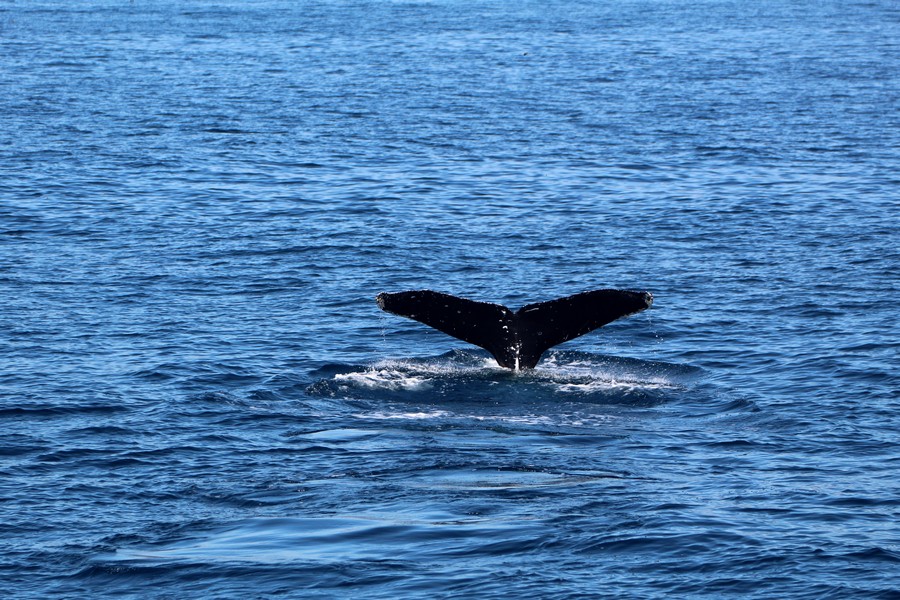
Humpback whale fluke above the water as it dives Credit: Aquarium of the Pacific
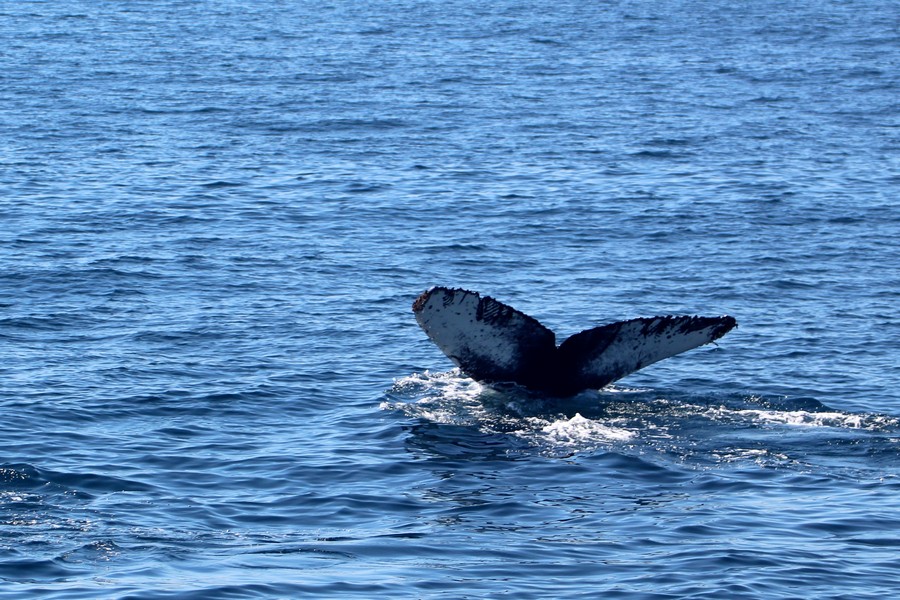
Humpback whale fluke with potential orca rake marks on the underside Credit: Aquarium of the Pacific
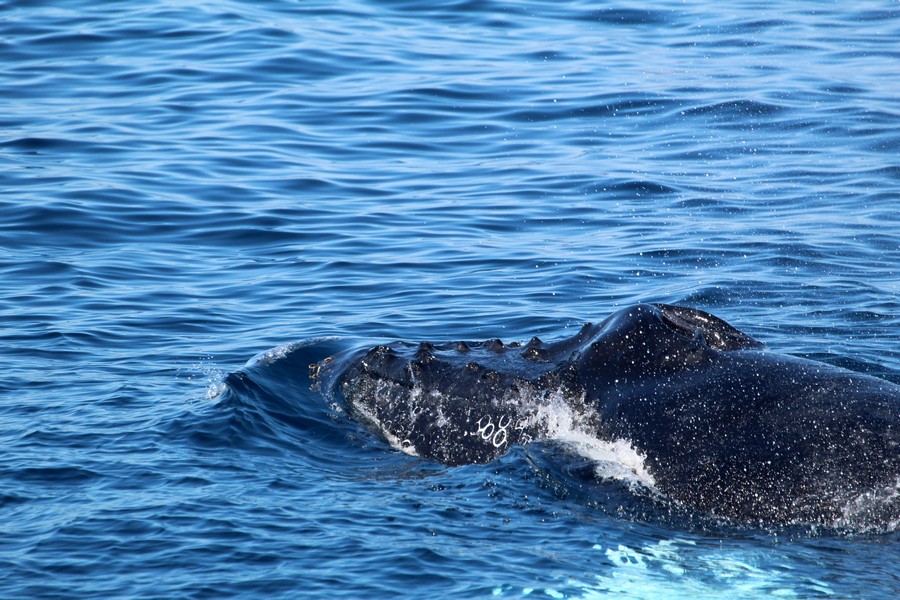
Humpback whale rostrum with tubercles visible during its blow Credit: Aquarium of the Pacific
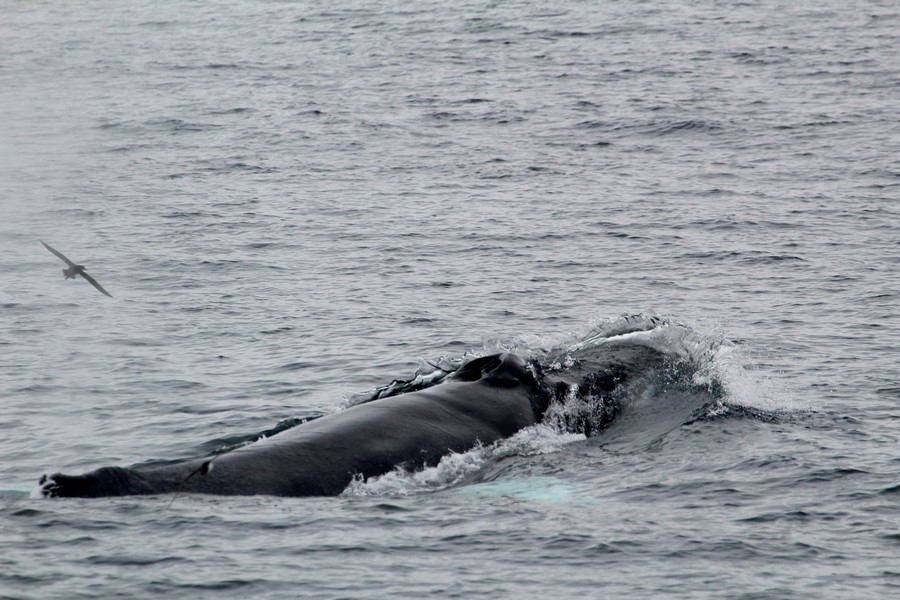
Humpback whale at the surface Credit: Aquarium of the Pacific
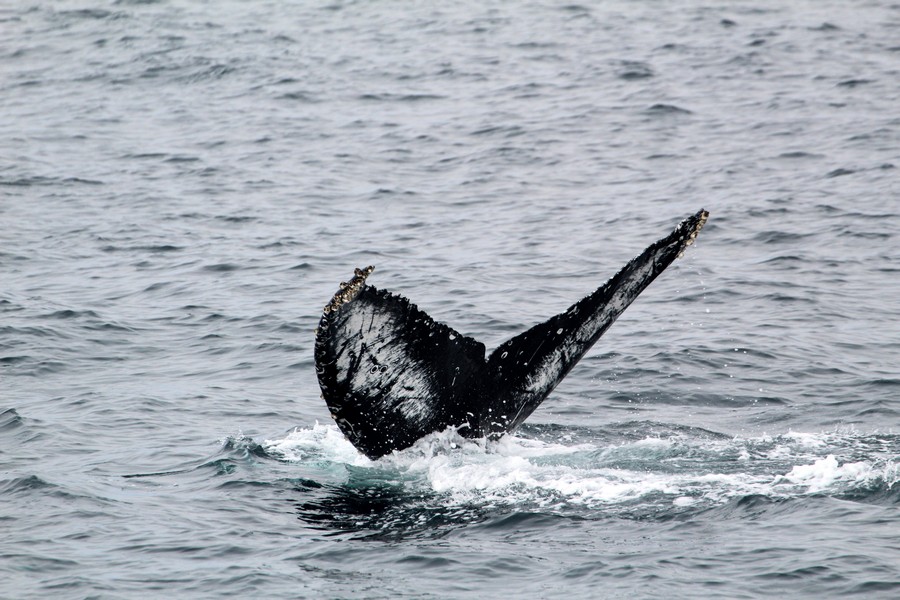
Chief the humpback whale's fluke Credit: Aquarium of the Pacific
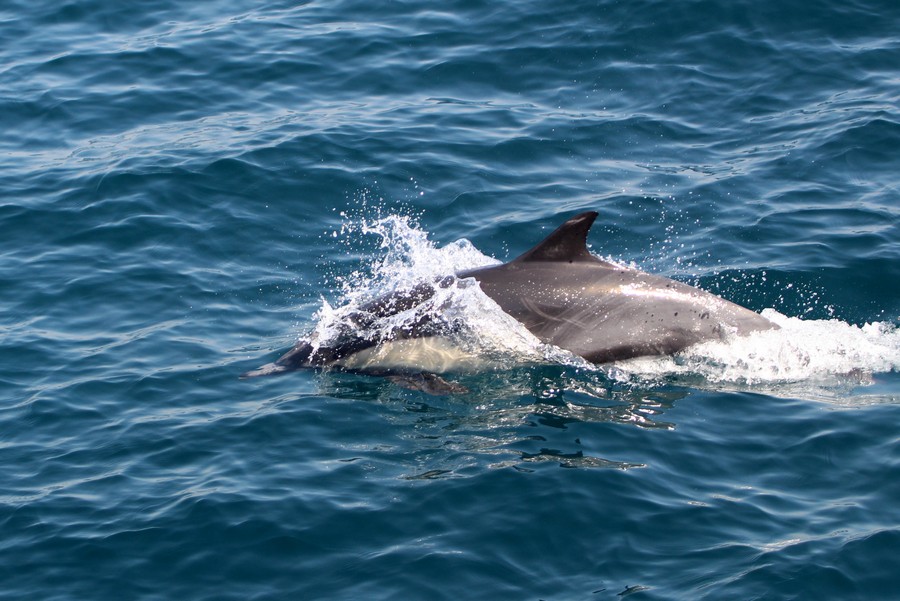
Common dolphin splashing into the water Credit: Aquarium of the Pacific
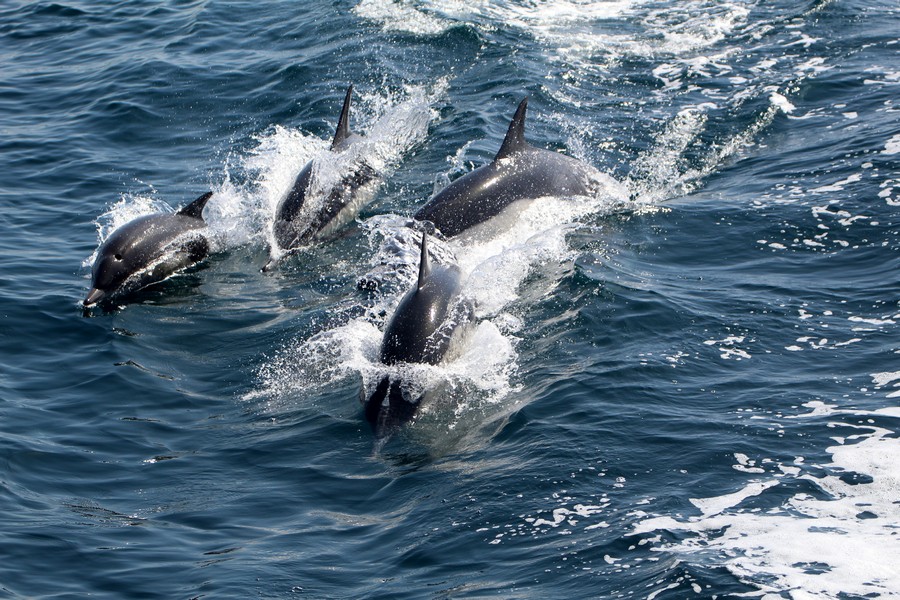
Common dolphins swimming in the boat wake Credit: Aquarium of the Pacific
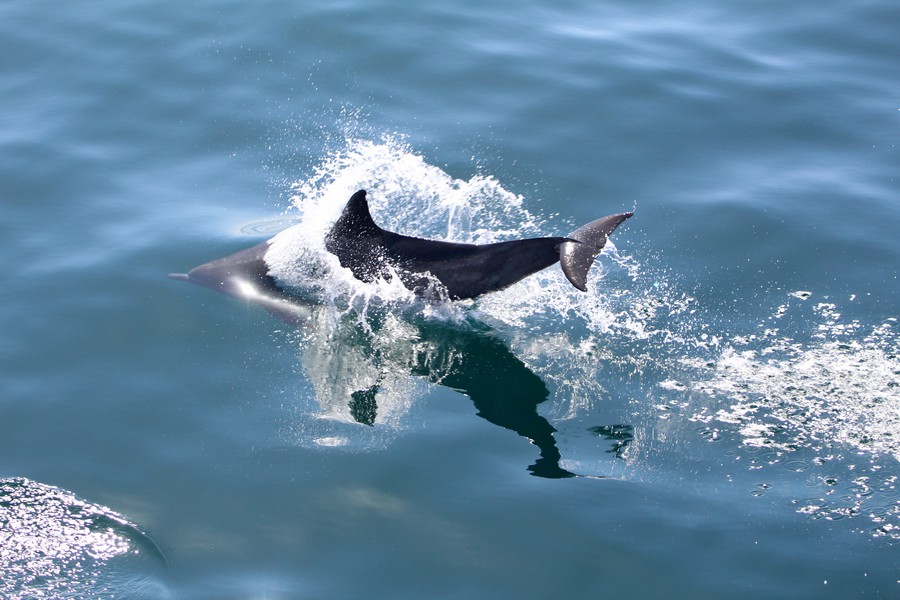
Common dolphin splashing back into the water Credit: Aquarium of the Pacific
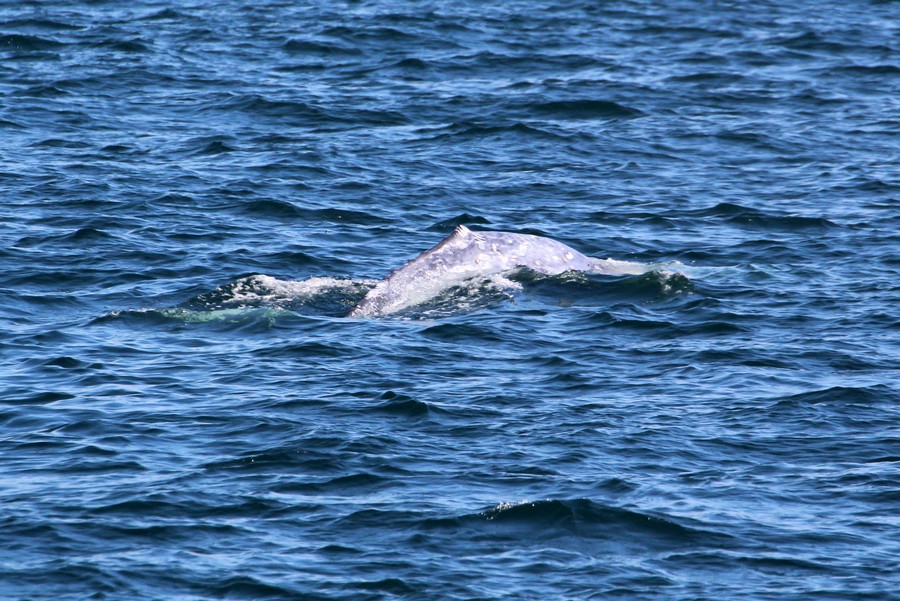
Gray whale Credit: Aquarium of the Pacific
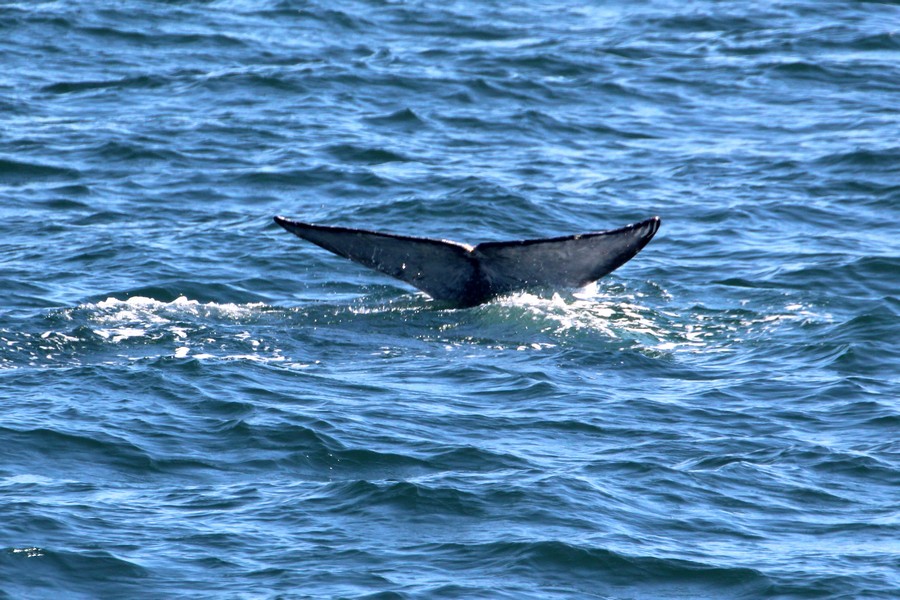
Gray whale fluke above water as it begins a dive Credit: Aquarium of the Pacific
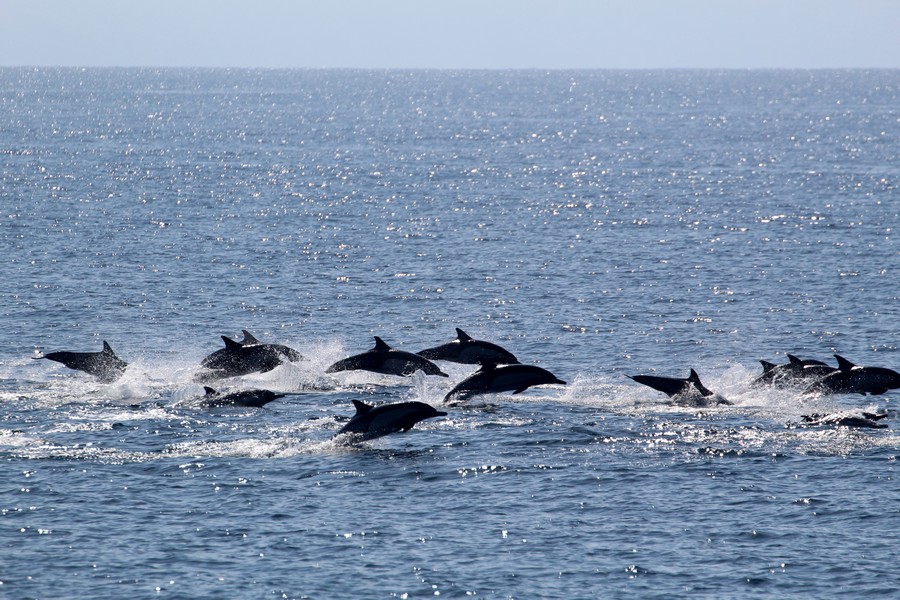
Common dolphins racing across the water Credit: Aquarium of the Pacific
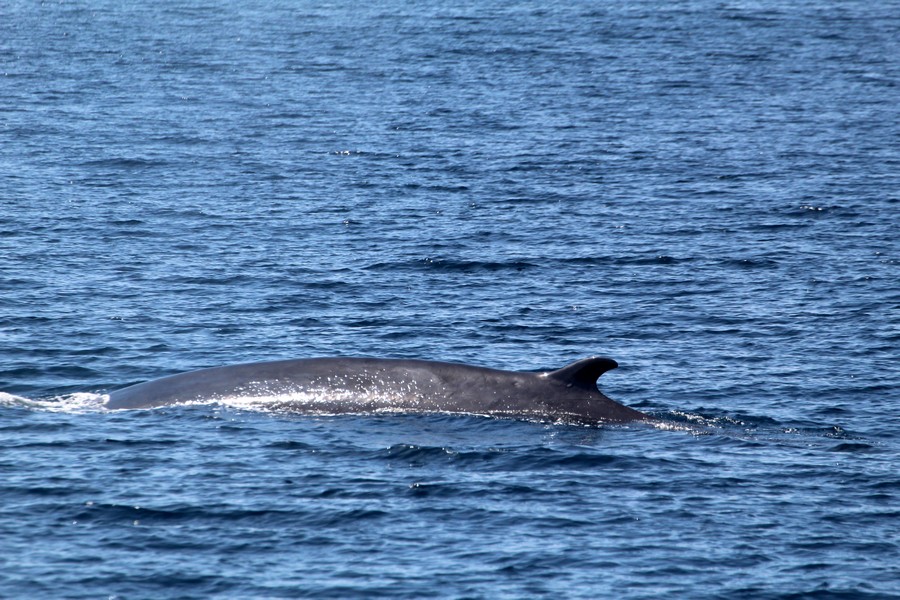
Fin whale dorsal fin Credit: Aquarium of the Pacific
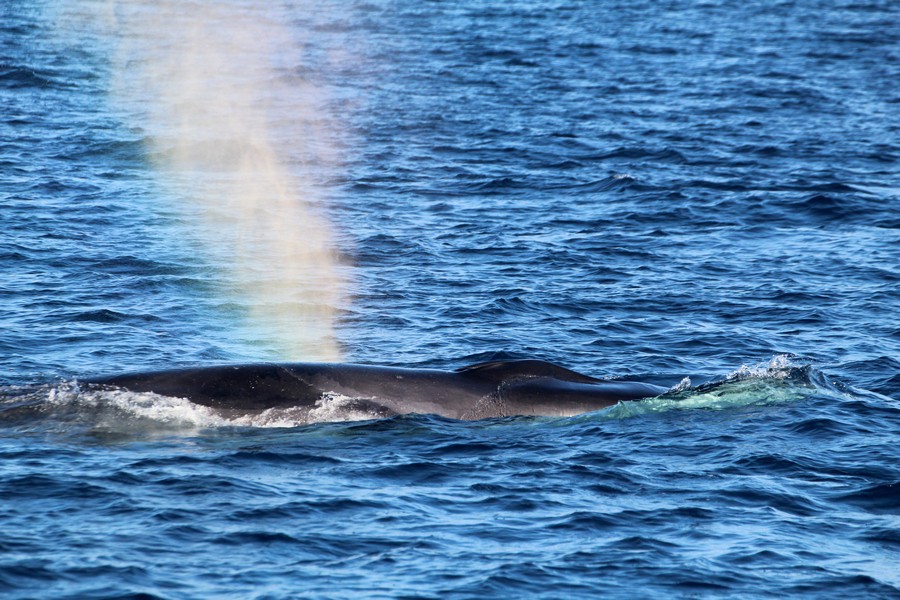
Fin whale with a rainbow blow Credit: Aquarium of the Pacific
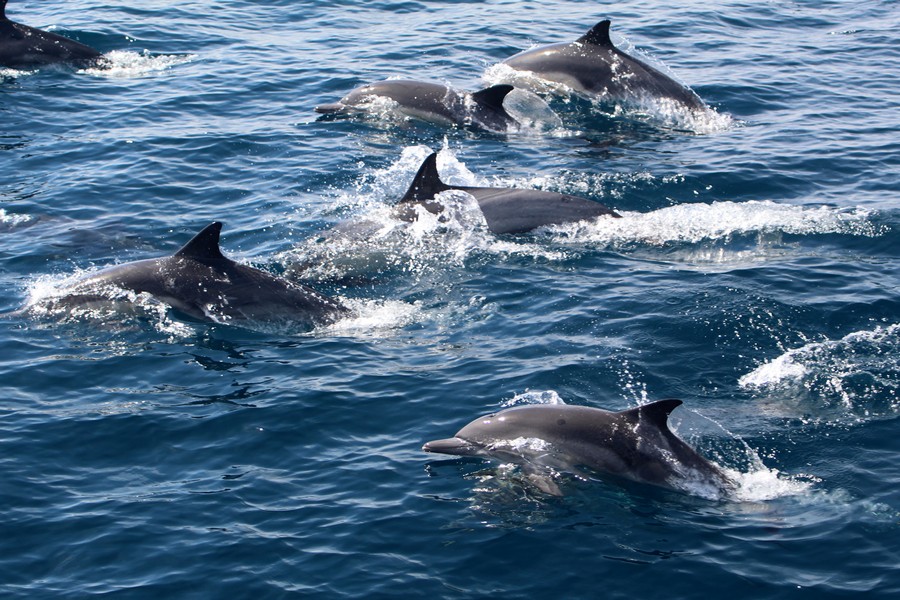
Common dolphins, this pod is most likely short beaked commons based on the shape of the melon Credit: Aquarium of the Pacific
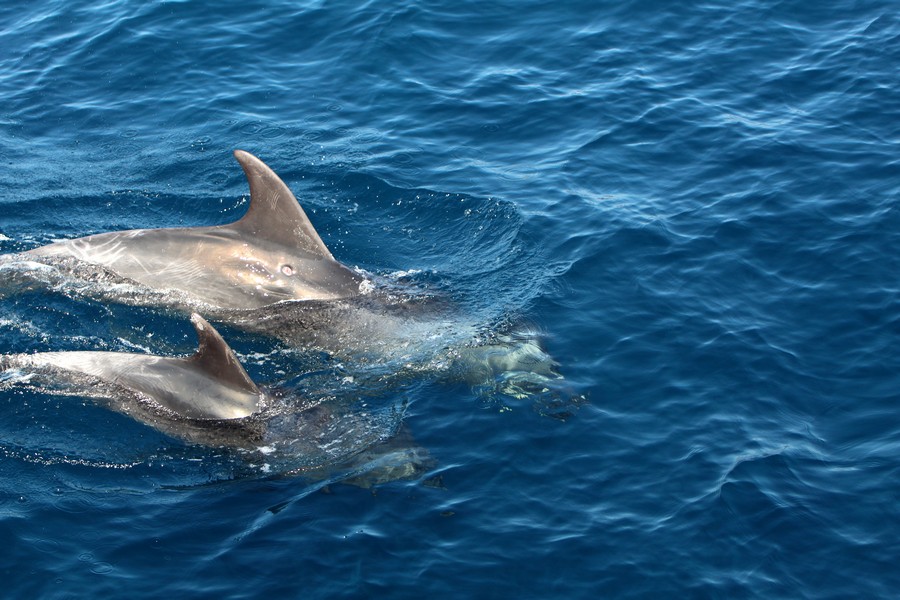
Bottlenose dolphins, one with visible rake marks potentially from an orca, and what looks like a cookie cutter shark wound. This is the same two dolphins from our blog main image Credit: Aquarium of the Pacific
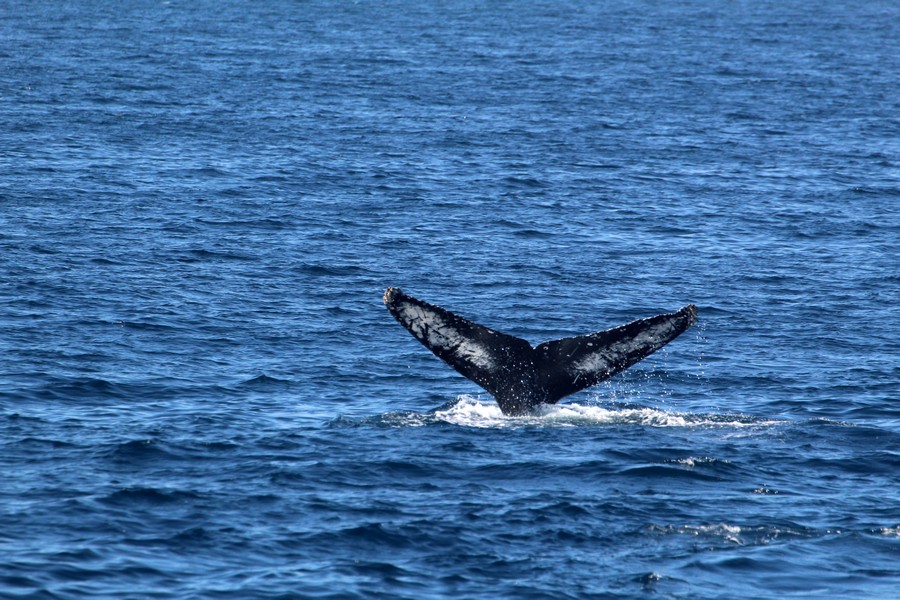
Another visit from Chief the humpback whale, its fluke sticking up high in air as it begins to dive Credit: Aquarium of the Pacific

Fin whale at the surface with its rostrum atop the water Credit: Aquarium of the Pacific

